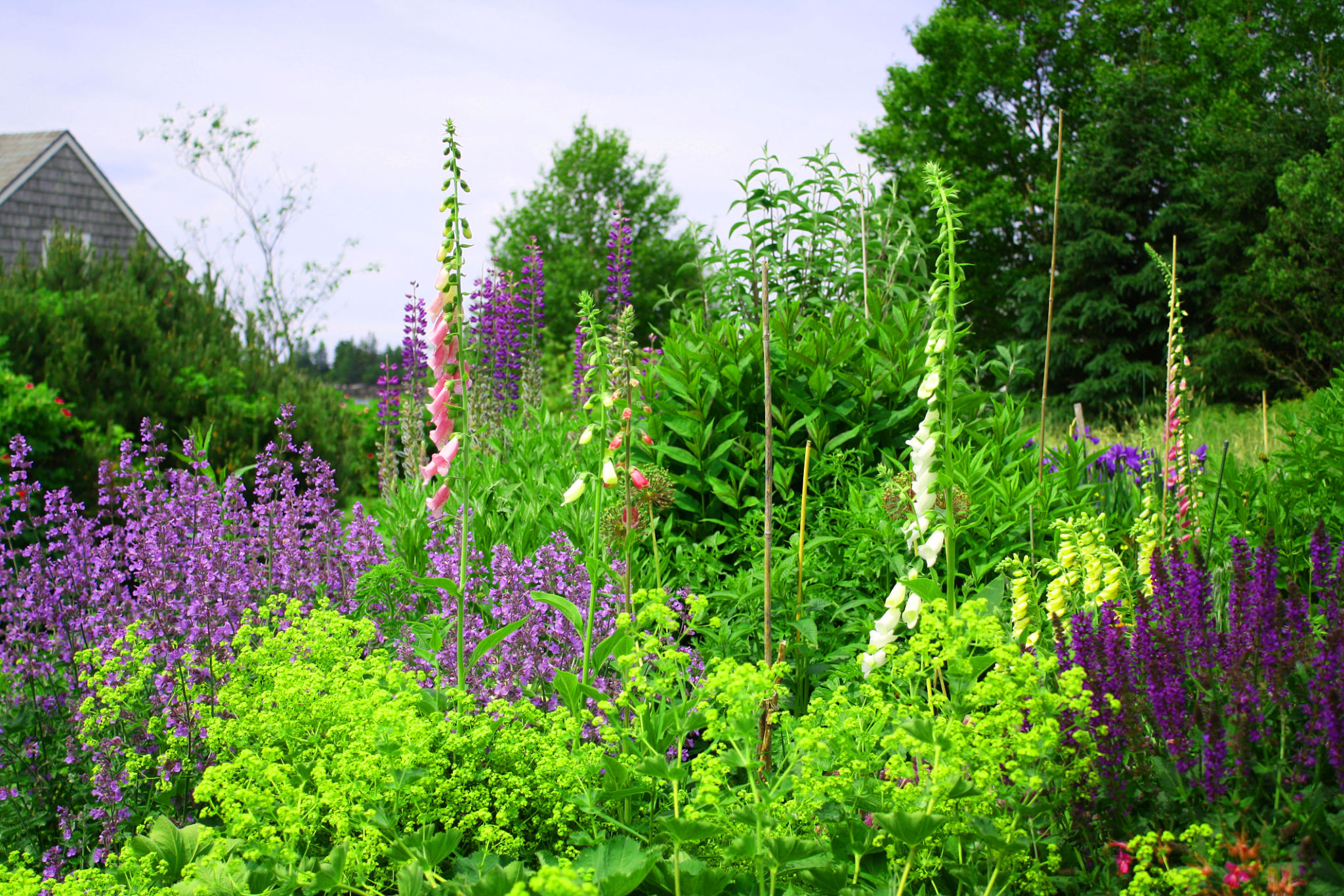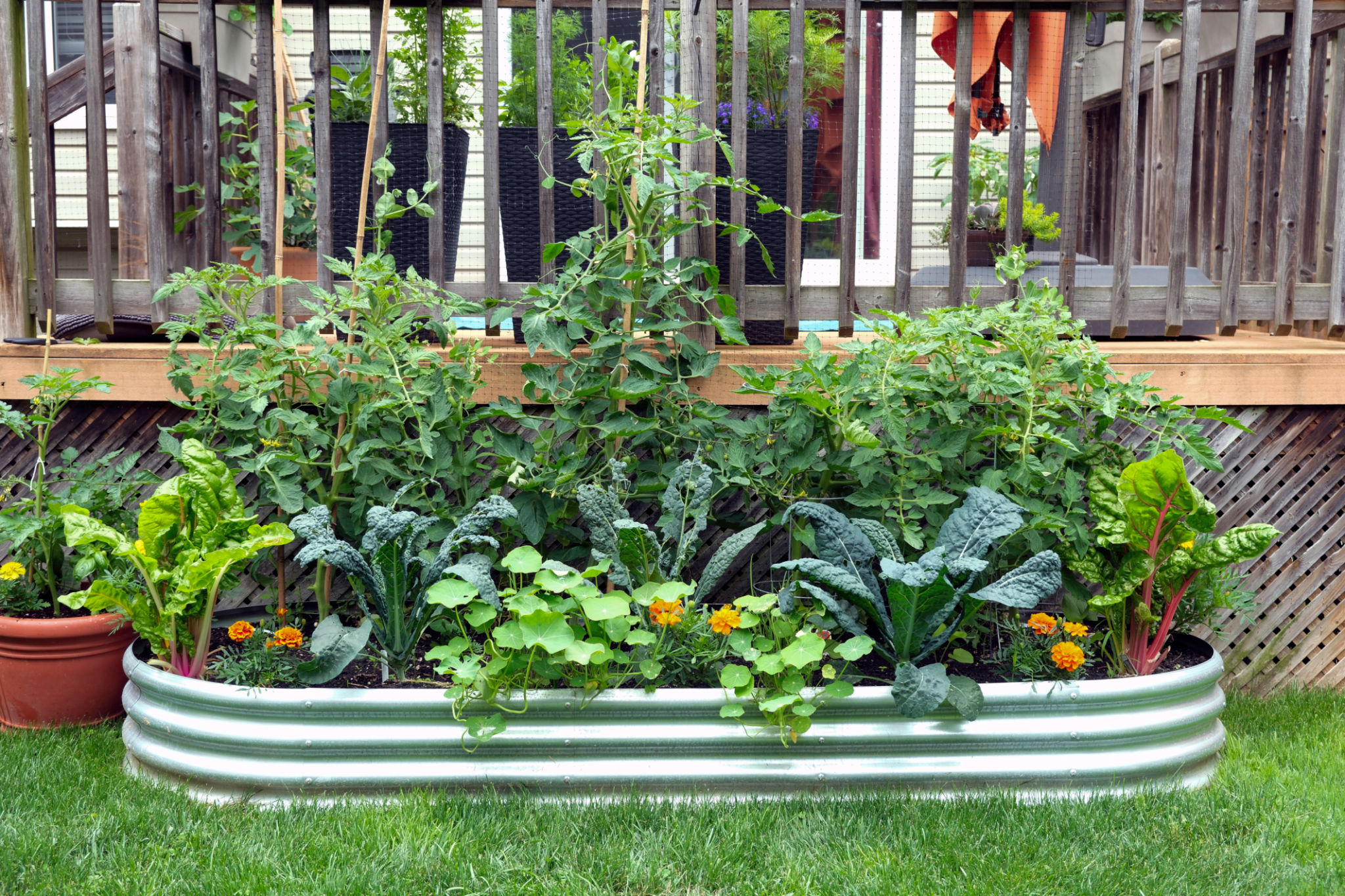Top Sustainable Landscaping Trends of the 2020s: Innovating with Nature
Embracing Native Plants
One of the foremost trends in sustainable landscaping is the use of native plants. These plants are adapted to the local climate and soil conditions, making them an ideal choice for creating eco-friendly gardens. Native plants require less water and fewer pesticides, reducing the environmental impact of landscaping. They also provide a habitat for local wildlife, promoting biodiversity.

Water Conservation Techniques
Water conservation is a critical aspect of sustainable landscaping. Techniques such as drip irrigation and rainwater harvesting have become increasingly popular. Drip irrigation delivers water directly to the plant roots, minimizing evaporation and waste. Rainwater harvesting involves collecting and storing rainwater for use in irrigation, significantly reducing reliance on municipal water sources.
Incorporating drought-tolerant plants is another effective strategy. These plants can thrive with minimal watering, ensuring a lush landscape even in areas prone to dry spells. By choosing such plants, homeowners can maintain beautiful gardens while conserving precious water resources.

Edible Landscaping
Edible landscaping combines aesthetics with functionality by incorporating fruit trees, vegetables, and herbs into traditional garden designs. This approach not only beautifies outdoor spaces but also provides fresh, organic produce for homeowners. Growing your own food reduces the carbon footprint associated with transporting produce and promotes a healthy lifestyle.
To create a successful edible landscape, it's important to select plants that complement each other and thrive in the local climate. Companion planting techniques can help optimize growth and pest resistance, ensuring a bountiful harvest throughout the gardening season.

Utilizing Renewable Materials
The use of renewable materials in landscaping is gaining traction as environmental awareness increases. Materials like bamboo, recycled wood, and reclaimed stone are not only sustainable but also add unique textures and character to outdoor spaces. These materials reduce reliance on non-renewable resources and often have lower environmental impacts during production.
Bamboo, for example, is a rapidly renewable resource that can be used for everything from fencing to decking. Its natural beauty and durability make it an excellent choice for eco-conscious homeowners looking to create stylish yet sustainable landscapes.
Wildlife-Friendly Gardens
Creating wildlife-friendly gardens is another trend that's seeing a rise in popularity. These gardens are designed to attract and support local wildlife such as birds, butterflies, and bees. By incorporating features like birdhouses, bee hotels, and butterfly feeders, gardeners can contribute to the preservation of local ecosystems.

Planting flowers that provide nectar and pollen is crucial for supporting pollinators, which play a vital role in plant reproduction. Offering a variety of habitats within the garden ensures that different species can find food and shelter, enhancing biodiversity and ecological balance.
The Rise of Vertical Gardens
As urban areas continue to expand, space for traditional gardening becomes limited. Vertical gardens offer a creative solution by utilizing vertical space to grow plants. These gardens are not only space-efficient but also help improve air quality and reduce urban heat islands.
Vertical gardens can be installed indoors or outdoors using a variety of structures such as trellises, wall-mounted planters, or even hydroponic systems. They're ideal for urban dwellers who want to enjoy the benefits of gardening without needing extensive ground space.

